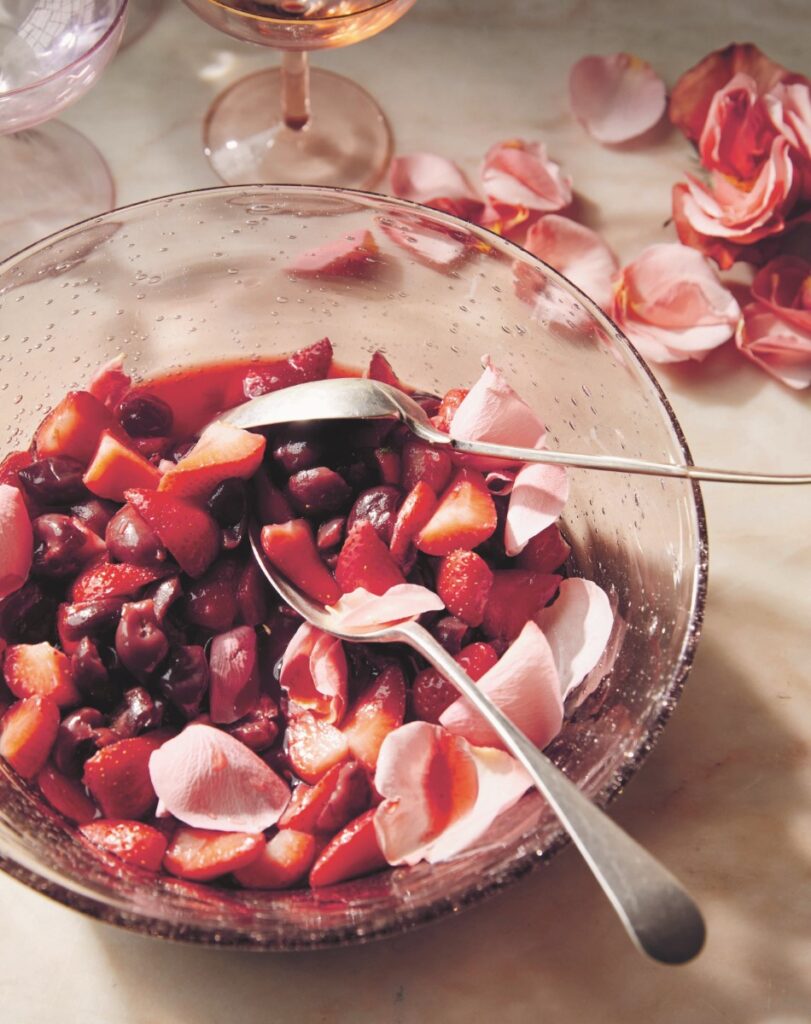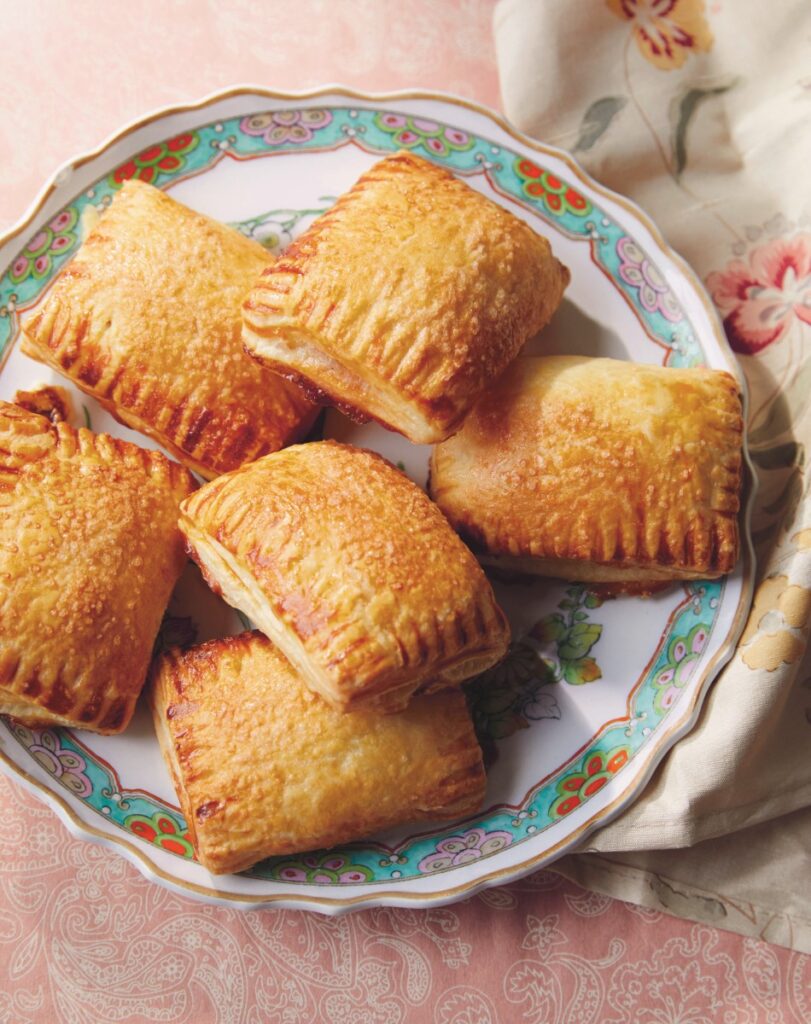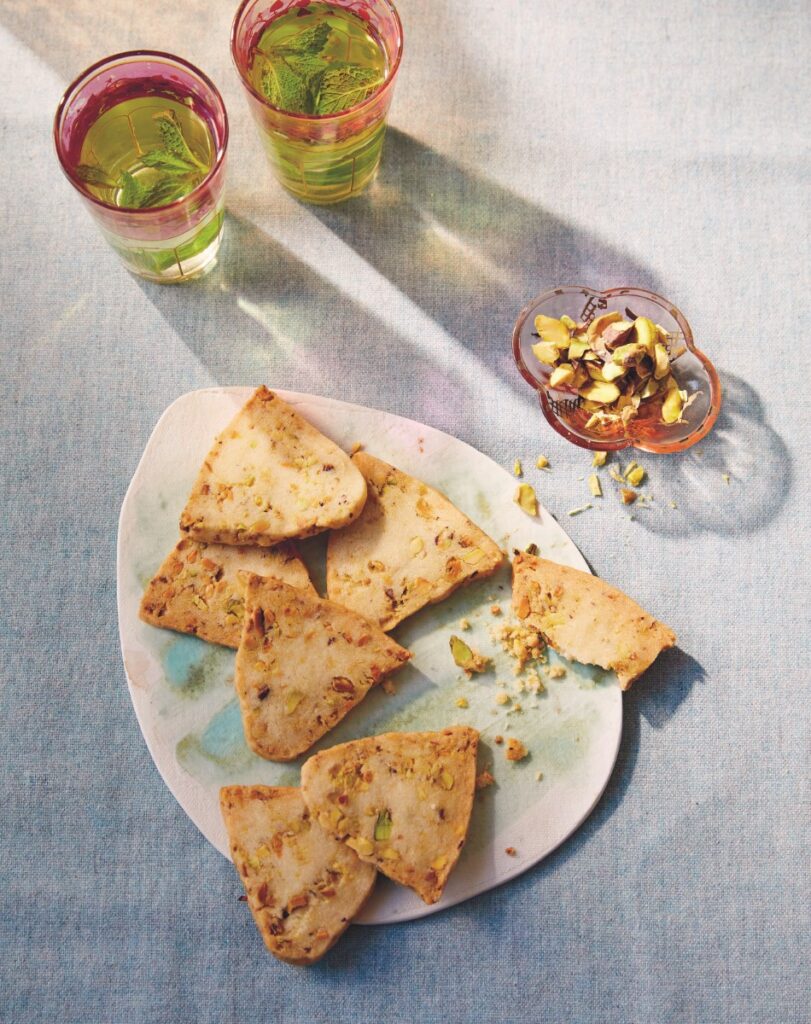Surely the most sensuous of spices, green cardamom has a sweet floral fragrance that can subtly transform a dish. It is always tempting to add a little more to harness its mysterious flavour but use too much and the musky aroma is replaced by a medicinal taste.
Like all seductive perfumes, it is best used sparingly.
Hailed in its native India as “queen of spices” its use dates back to the fourth century BC. Its popularity spread and more than two millennia ago the pods joined shipments of ivory, gemstones, monkeys and peacocks bound for Greece and Rome. Cardamom plants were said to grow in the Hanging Gardens of Babylon, ancient Egyptians chewed on the seeds as a breath freshener and Vikings held the festival of cakes in honour of this, their favourite spice. The Vikings came upon cardamom in Constantinople and took it to Scandinavia, where it remains loved to this day. Bedouin and other Arabian cultures also hold it in high esteem and it features as an aphrodisiac in the tales of the Arabian Nights. Before a traditional wedding in Iran, the bride is given items including cardamom seeds, rose water and sugar cones — a perfect combination.

For a spice with such an ancient and romantic history, its use remains surprisingly regionalized. Cuisines tend to love it or ignore it. Cardamom perfumes many Indian sweetmeats, including laddus and burfi, and buttery Somalian crepes called malawax. A popular treat during Afghan Ramadan is gosh-e-fil, fried “elephant ear” pastries doused in cardamom sugar. Northern Europeans employ the spice in gingerbread, Dutch “windmill” biscuits, Danish pastries, and many other Scandinavian bakes. It also scents mulled wines, aquavit and some Russian liquors. A large portion of the world’s cardamom pods end up in Arabian coffee pots, gahwa being a symbol of hospitality.

It is the sticky black seeds that hold the intense fragrance (ditch any that are pale and dusty). In “true” cardamom, these are encased in a pale green pod, either the Malabar variety or the more desirable and fragrant Mysore cardamom. Other spices we call cardamom all come from the same Zingiberaceae botanical family (also home to ginger, turmeric and galangal). Black cardamom is from a different genus to green and is grown across the Himalayan belt, China and Indonesia. Inside their tough, dark pods, the seeds have a blunter medicinal flavour, often combined with a haunting smokiness from the drying process. There are also African “cardamoms,” which offer their own unique flavours, including korerima (smoky, peppery, herbal) and grains of paradise (floral, fruity, peppery). White cardamom is simply green pods bleached for aesthetic reasons.
Cardamom’s name derives from the Arabic “to warm.” This warming quality is the result of both floral and eucalyptus-like aromatics, more than 25 essential oils stored beneath the seeds’ surface.

As these flavours are so volatile, always buy whole pods and crush only when required to capture the full, fleeting beauty. (If you do use pre-ground, double up to compensate.) The whole pod can infuse a milder flavour, or grind only the seeds when intensity is desired. In this case, usually discard the papery skins as these offer little — though if you are using a spice grinder to make a complex blend, there is no harm leaving them in. A little sugar in your mortar can help break the resinous seeds down and capture all those oils. Cardamom is not soluble in water and so combines best with fat or alcohol to lure out its precious aromas. Try a pinch whipped softly into cream, perhaps with a splash of booze for good measure, to bring a whisper of magic to anything it accompanies.



